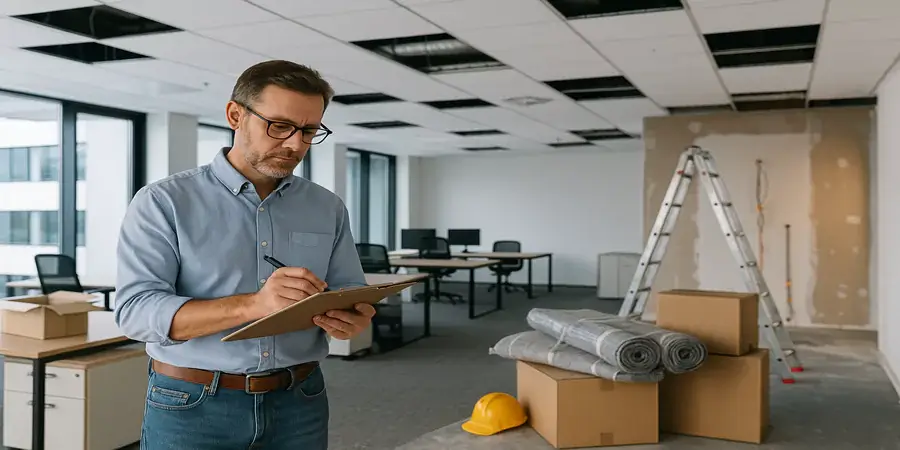Creating a functional, stylish office space that reflects your brand doesn’t have to cost a fortune. With rising overheads and increasing demand for sustainable practices, many New Zealand businesses are seeking smarter, more economical ways to approach office fit-outs and renovations.
Whether you’re moving into a new space or rejuvenating an existing one, a thoughtful, budget-conscious strategy can help you balance aesthetics, productivity, and cost-efficiency without compromising on quality.
Understand Your Workspace Needs
Before diving into any renovation or fit-out, it’s essential to take stock of your actual needs. This includes evaluating the number of employees, the type of work they do, and how space is currently used. Open-plan offices, for example, may benefit from modular furniture and movable partitions, which allow for flexibility as teams grow or shift.
Conducting a space utilisation audit can uncover areas that are underused or overcrowded. From this insight, you can determine which areas to prioritise in your fit-out—perhaps a collaborative breakout zone is more necessary than additional desk space.
Repurpose, Refurbish, and Reuse
One of the most effective ways to save on fit-out costs is to make the most of what you already have. This might include:
- Refurbishing existing desks and workstations with new tops or finishes
- Reupholstering chairs or soft seating to give them a fresh lease of life
- Applying vinyl wraps or fresh coats of paint to cabinetry and fixtures
Not only does this approach reduce expenditure, but it also supports sustainable office practices by minimising waste and extending the life cycle of materials.
Source Second-Hand Furniture
Opting for second-hand furniture is a straightforward way to manage costs during a fit-out, especially when you’re working with a larger space. You’ll find a variety of desks, chairs, storage units, and tables that have been used before but still offer reliability and a professional appearance.
In spaces that require flexibility, such as meeting rooms or shared areas, furniture that can be moved or stored easily is especially useful. In these cases, some businesses choose to browse second hand stackable chairs available online as a way to accommodate changing layouts without overspending.
Using second-hand pieces also allows you to make gradual updates to your workspace as needs evolve. Rather than committing to a full fit-out all at once, you can add or replace furniture over time. It’s a practical choice that also supports sustainable practices by extending the life of existing items and reducing unnecessary waste.
Choose Flexible, Scalable Designs
Modern offices should be agile. A fit-out that accounts for future growth can save your business time and money down the track. Instead of fixed installations, consider:
- Modular systems that can be reconfigured as needed
- Desks that accommodate hot-desking or hybrid work setups
- Scalable power and data infrastructure that can support tech upgrades
These features offer adaptability without the need for extensive future renovations, enabling businesses to evolve their workspace with minimal disruption or expense.
Partner with Experienced Fit-Out Professionals
While the temptation may be to DIY a renovation to cut costs, inexperienced execution can lead to costly errors. Engaging professionals who understand office design and compliance ensures that your project meets legal and safety standards, remains on schedule, and achieves your desired outcomes.
Look for fit-out teams with a strong track record in commercial workspaces, and don’t be afraid to ask for value engineering suggestions—creative ways to achieve your vision more affordably.
Designing Smarter, Spending Wiser
Achieving a professional and welcoming office fit-out on a budget is entirely possible with the right approach. By prioritising your needs, repurposing where possible, and making thoughtful purchases, particularly in the realm of quality second-hand furnishings, your business can create a productive and stylish workspace without overspending.
Cost-efficiency doesn’t mean compromising on design or functionality. Instead, it invites creativity, sustainability, and long-term thinking—attributes that are invaluable in today’s evolving business landscape.
















